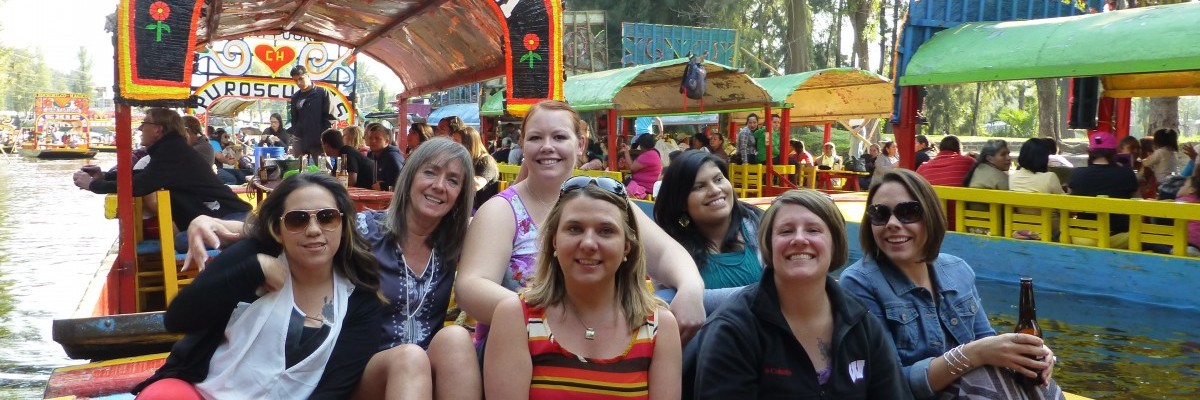Cultural Excursions 2024 - 2025
($40 to $65 US depending on the location. Includes transportation, guide, and entrance fees).
Teaching you the language and showing you our country is our passion. Learn Spanish with all its splendor with the enrichment of language, culture customs and beliefs.
1. Xochicalco
Fortified ancient city known for its impressive ruins. It is located on the top of a large hill and parts of surrounding hills near Cuernavaca.
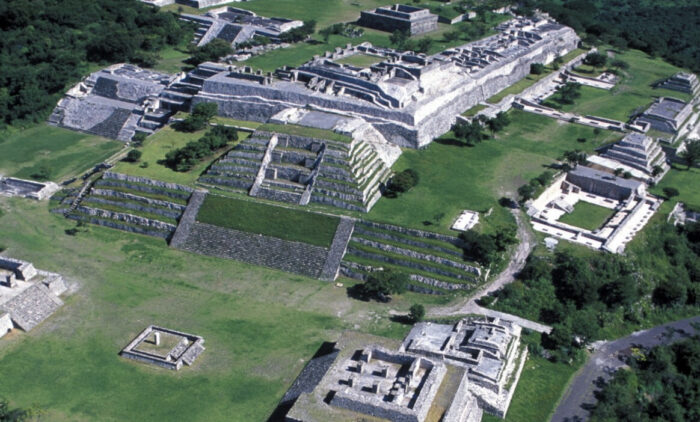
2. The Palace of Cortés Cuernavaca
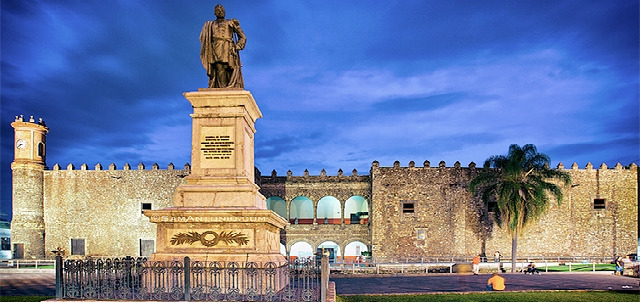
Built between 1523 and 1528, is the oldest conserved colonial-era civil structure in the continental Americas. The architecture is a blend between Gothic and Mudéjar, typical of the early 16th century colonial architecture. The building began as a fortified residence for conqueror Hernán Cortés and his aristocratic second wife, Doña Juana Zúñiga. It was built in 1526, over a Tlahuica Aztec tribute collection center, which was destroyed by the Spanish during the Conquest
3. Jardines de México
The largest contemplative flower gardens in the world. Distributed in 51 hectares.
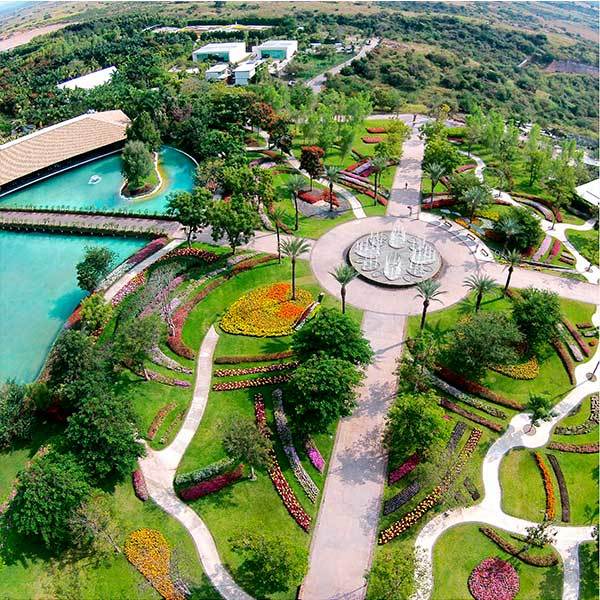
4. MEXICO’S STUNNING HACIENDAS
Holding a rich and glorious, yet also ominous, place in the history of the country, Mexico’s stunning haciendas are unique memorials that offer tangible links to Mexico’s past. Dating back as far as the 1500’s, immediately following the colonization of Mexico by the Spanish, haciendas have played an important part in what Mexico is today.

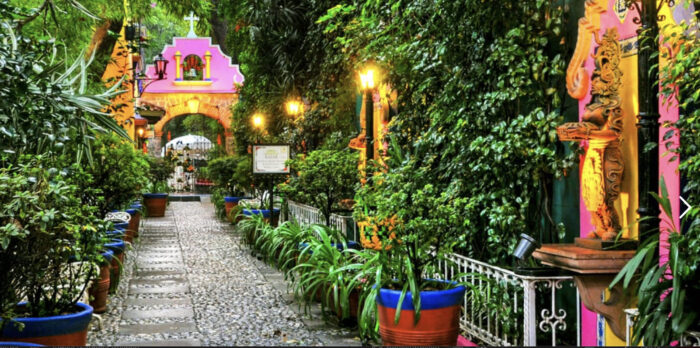
5. Museo Robert Brady, Museo de Arte Indígena Contemporáneo
One of the most iconic cultural spaces in Cuernavaca. This house-museum, located behind the cathedral, in the so-called Casa de la Torre represents the modern and international epigone of a particularly emblematic architectural complex in the city, which began its construction in the 16th century as a Franciscan convent site.
6. Taxco
The first sight of Taxco’s white buildings scattered across the steep valley as you approach it is enough to take your breath away. Surrounded by dramatic mountains and cliffs, its perfectly preserved colonial architecture and the twin belfries of its baroque masterpiece, Templo de Santa Prisca, make for one of the most beguiling views anywhere in the central highlands
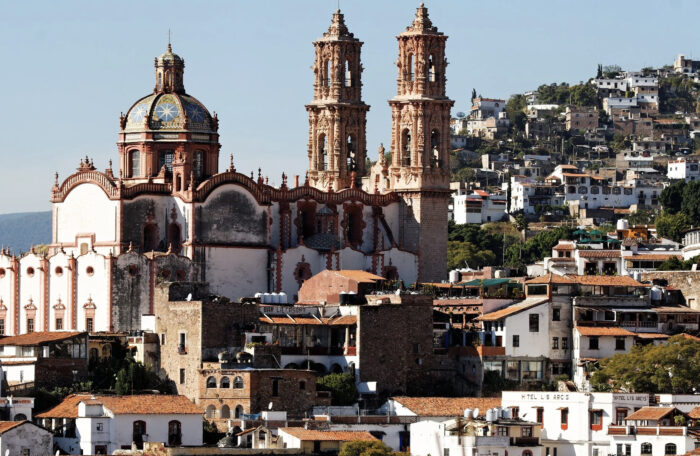
7. Grutas de Cacahuamilpa National Park
Cacahuamilpa is one of the largest cave systems in the world. It is a “live” cave system, meaning that groundwater still filters down into it, and that the formations there are still growing. Inside the cavern system are ninety large “salons” separated by large natural rock walls and connected to one another via a central gallery. However, only about twenty of these are fully explored and open to the public. Most of these salons are located under the Cerro de la Corona, a limestone mountain ridge. Most have names which reflect the major formations found in them such as the Goat Salon, the Throne Salon and the Cathedral Salon. One of the drier salons has been dubbed the “Auditorium”. It has a large flat floor and has been outfitted with seats. It is rented out for events and has been the site for a number of concerts.
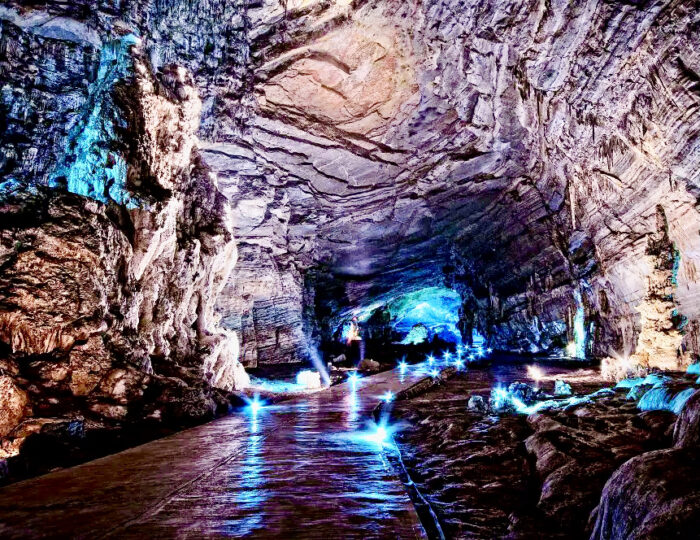
8. Tepoztlán
Mysterious pre-Hispanic village a center for mysticism and spirituality. According to legend, the town is the birthplace of the Aztec god Quetzalcoatl. Visitors flock to the village throughout the year for meditation.Tepoztlan’s streets are lined with shops selling crystals, New Age books, andincense, but its most spiritually healing aspect has to be its stunning natural setting.
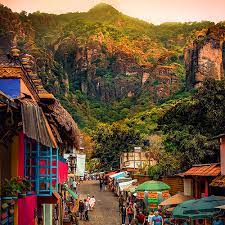
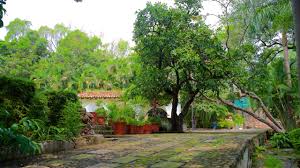
9. Jardín Borda
Close to the cathedral is this summer former mansion with beautiful gardens which built the rich miner of Taxco, Jose de la Borda, fond of the study of botany and horticulture, he gathered at the site several species of plants within the framework of French-style architecture. It has a church nearby that was also built before 1778. The work on the Jardin Borda (Garden Borda) including its interior lake was completed in 1783. The place became famous, besides their gardens, for the books and articles that visitors who stayed in it wrote about the same. It was as a summer residence for emperors Maximiliano and Carlota Amalia who selected the site for its beauty. In the “Juarez Section” is recreated the ancient environment of the building and here is the Musum of the sit which has furniture and clothes of the eighteenth century and copies of documents of the Empire. Nowadays, the Jardin Borda is part of the institute of culture of Morelos which carry out cultural events: exhibitions of painting, sculpture, photography and visual arts as well as dance and theatre shows and a lot of concerts.
10. La Casa Azul de Frida Kahlo
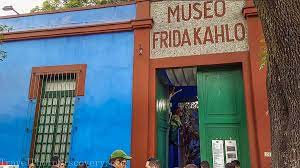
Mexican surrealist painter Frida Kahlo was born in 1907, and spent the majority of her life here. Often forced to stay within the confines of her bed due to physical limitations, Kahlo painted multiple self-portraits in which she portrayed her personal anguish. Her extraordinary life is captured within the walls of her family home, La Casa Azul, which is now a museum dedicated to her achievements.
Puebla “Ciudad de los Angeles”
Founded by the Spanish in 1531 and occupied by them for nearly 300 years, its colonial buildings are impressive. Puebla is the home of the talavera tile which is famous all over Mexico. We’ll visit the stunning new International Museum of the Baroque, as well as the lovely Amparo Museum, the ex-convento of Santa Monica, and the magnificent popular art museum of Santa Rosa. We’ll also see the site of the victorious battle, Cinco de Mayo. “Ir a Puebla y no comer mole poblano es ir en vano.”
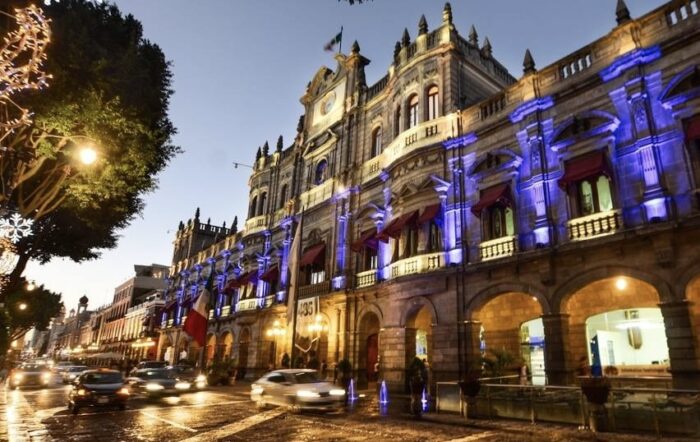
Teotihuacan
Teotihuacán, (Nahuatl: “The City of the Gods”) the most important and largest city of pre-Aztec central Mexico, located about 2 hours from Cuernavaca.
At its apogee (c. 500 CE), it encompassed some 8 square miles (20 square km) and supported a population estimated at 125,000–200,000, making it, at the time, one of the largest cities in the world. It was the region’s major economic as well as religious centre. Teotihuacán was designated a UNESCO World Heritage site in 1987.
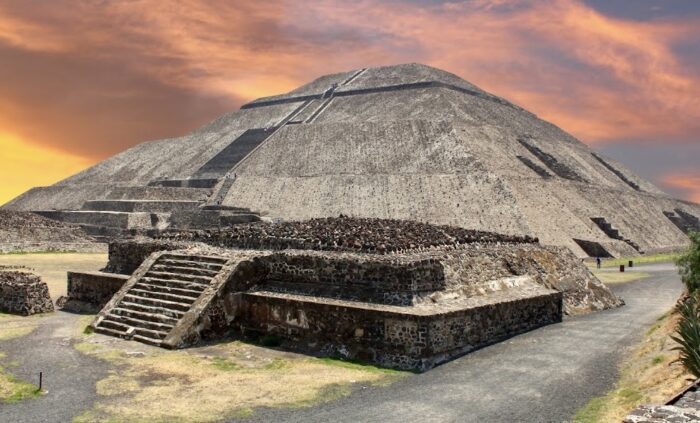
Malinalco
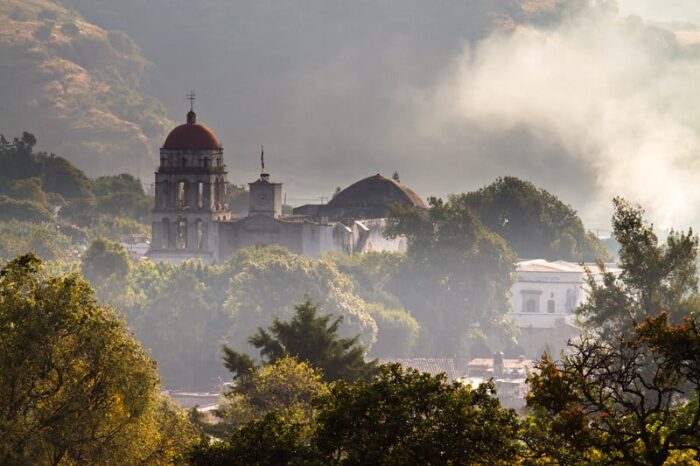
| Explore deep into the soul of Malinalco. A world of history, culture, and natural beauty that has long been shrouded in mystery. |



